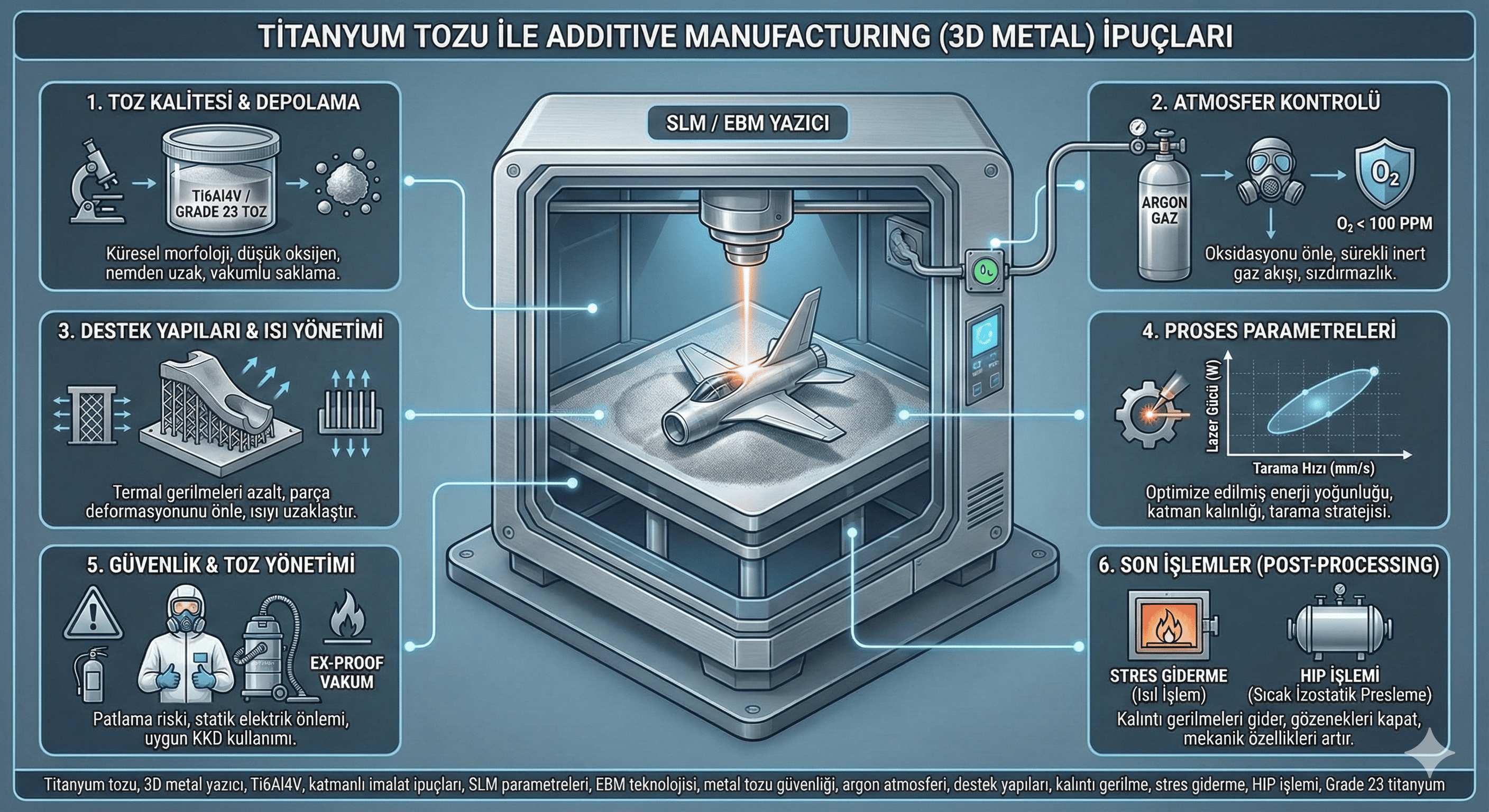Gadolinium Metal Powder: Properties, Production, and Applications
Introduction
Gadolinium metal powder is an important material in the realm of advanced materials and technology due to its unique properties as a rare earth element. With applications spanning from magnetic materials to phosphors, gadolinium metal powder plays a crucial role in various high-tech industries. This article provides an overview of gadolinium metal powder, including its properties, production methods, and applications.
What is Gadolinium Metal Powder?
Gadolinium metal powder consists of finely divided particles of gadolinium (Gd), a rare earth element with the atomic number 64. In its powder form, gadolinium is used in various technological applications where its physical and chemical properties can be exploited. The powder is typically characterized by its high purity and specific particle size distribution, which are essential for its performance in different applications.
Properties of Gadolinium Metal Powder
- Chemical Symbol: Gd
- Appearance: Silvery-white metal powder
- Density: Approximately 7.90 g/cm³
- Melting Point: 1312°C (2394°F)
- High Magnetic Susceptibility: Gadolinium exhibits significant magnetic properties, making it useful in various magnetic applications.
- Reactivity: Gadolinium metal is reactive with oxygen and moisture, which can lead to the formation of gadolinium oxide (Gd²O³) if not properly handled.
Production of Gadolinium Metal Powder
The production of gadolinium metal powder involves several steps to ensure high purity and desired particle characteristics:
- Ore Extraction and Purification: Gadolinium is extracted from rare earth ores, primarily bastnäsite and monazite, through complex chemical processes. The ore is first processed to separate gadolinium from other rare earth elements.
- Reduction of Gadolinium Compounds: Gadolinium compounds, such as gadolinium oxide (Gd²O³) or gadolinium chloride (GdCl³), are reduced to metallic gadolinium using methods such as hydrogen reduction or calcium reduction. This step involves heating the gadolinium compound with a reducing agent to obtain pure gadolinium metal.
- Powder Production: The metallic gadolinium is then converted into powder form using techniques such as:
- Mechanical Milling: Gadolinium metal is mechanically milled in a ball mill to produce fine powder. This method is effective for controlling particle size but requires careful handling to avoid contamination.
- Atomization: In this process, molten gadolinium is atomized using a high-pressure gas stream to produce fine droplets that solidify into powder.
- Chemical Vapor Deposition (CVD): Gadolinium vapor is deposited onto a substrate to form a powder, although this method is less common for gadolinium.
- Quality Control: The resulting gadolinium metal powder is subjected to rigorous quality control tests to ensure purity, particle size, and uniformity.
Applications of Gadolinium Metal Powder
- Magnetic Materials: Gadolinium metal powder is used in the production of high-performance magnetic materials and devices. Its high magnetic susceptibility makes it suitable for applications in magnetic refrigeration and advanced magnetic sensors.
- Phosphors: Gadolinium is used in the manufacture of phosphors for lighting and display technologies. When doped with other elements, gadolinium can enhance the brightness and efficiency of phosphorescent materials.
- Catalysts: Gadolinium metal powder can serve as a catalyst or catalyst precursor in various chemical reactions, particularly in reactions requiring high-temperature stability.
- Biomedical Applications: Gadolinium-based compounds, including gadolinium metal powder, are used in magnetic resonance imaging (MRI) as contrast agents. The metal’s magnetic properties enhance the quality of MRI scans.
- Advanced Materials: Gadolinium is utilized in the development of advanced materials, such as superconductors and high-temperature alloys, due to its unique physical properties.
Handling and Safety
Gadolinium metal powder should be handled with care to avoid exposure to air and moisture, which can lead to oxidation and contamination. Recommended safety measures include:
- Protective Equipment: Use gloves, safety goggles, and masks to avoid inhalation and contact with the powder.
- Storage: Store gadolinium metal powder in airtight containers in a dry environment to prevent oxidation and moisture absorption.
- Ventilation: Work in a well-ventilated area or under a fume hood to minimize the risk of inhaling dust.
Challenges and Considerations
- Cost: The cost of gadolinium metal powder can be high due to the rarity of gadolinium and the complexity of its extraction and processing.
- Environmental Impact: The environmental impact of mining and processing rare earth elements, including gadolinium, is a concern. Sustainable practices are important to mitigate these impacts.
- Health and Safety: Proper handling and storage are crucial to avoid health risks associated with gadolinium metal powder.
Conclusion
Gadolinium metal powder is a versatile and valuable material with a wide range of applications in technology, medicine, and materials science. Its unique properties, combined with the challenges associated with its production and handling, underscore the importance of ongoing research and development in the field. As technology advances, the use of gadolinium metal powder is expected to expand, offering new opportunities for innovation and application.
Feel free to modify or expand upon any sections based on your specific needs or focus areas!





